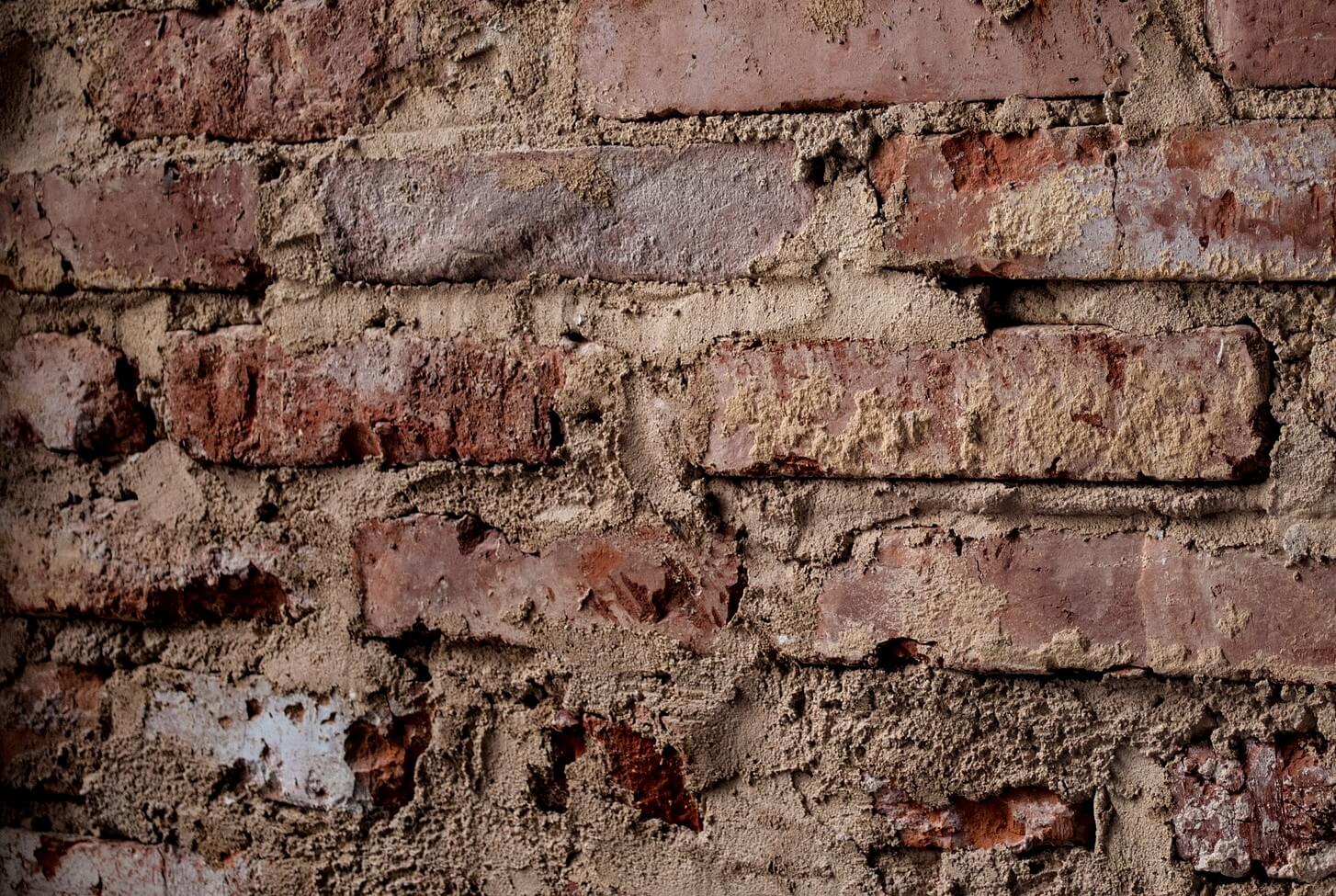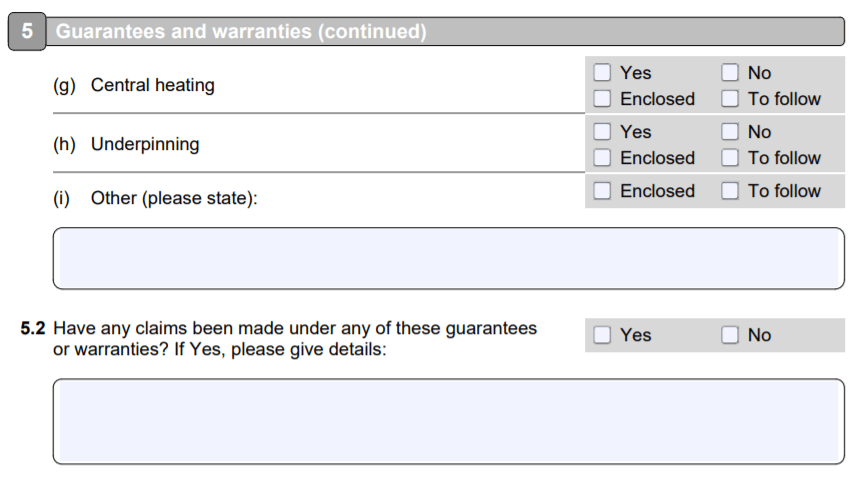Sell my House with Subsidence
We certainly can buy your property no matter what the condition is. Even if you want to sell your house with subsidence or structural problems we can still offer you a solution for a quick direct sale.
Call 020 7183 3022 for your FREE sale price estimate
Your questions answered when selling a house with subsidence
✅ How do I know if my house is subsiding?
Often the signs of subsidence are apparent to the naked eye and you can typically see stagger lines running across the brick work where the structural movement has occurred. A surveyor is often advised to fully appraise the situation and provide a professional opinion.
✅ Will LDN Properties buy my property if it is subsiding?
Yes, as a specialist home buying business with experience of purchasing properties with structural problems and subsidence concerns, we are typically able to make you an offer in the usual time frame.
✅ Will you still buy my property fast if it has structural movement?
As we are a professional home buying business and have purchased numerous homes with structural defects and subsidence, we can often move quickly and at a timescale that suits you no matter what the complications are with your home.
We’re rated as Excellent
Reviews.co.uk provide independent reviews from other people just like you!
"Successfully sold two properties direct to LDN Properties in the last two years. Genuine and trustworthy people and the dealings were straightforward." – Thomas from London

LDN Properties Limited, Linen Hall, 162 Regent St. London W1B 5TD
Company No. 04636129. ICO No. Z7733416. Ombudsman No. D12463.
Copyright 2003 to 2024

